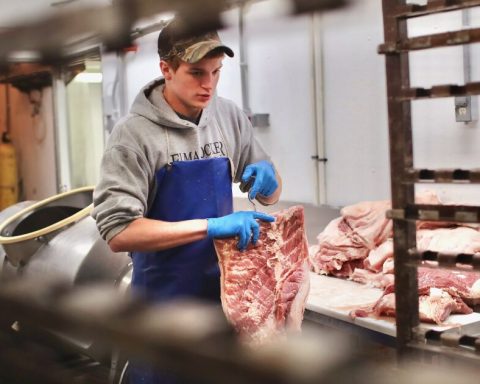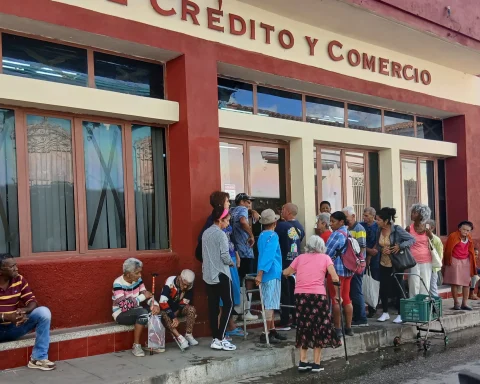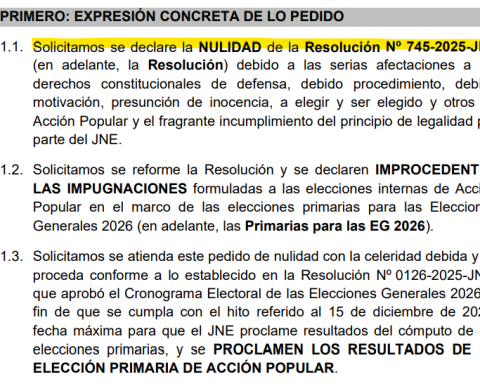The Producer Price Index (PPI) for final demand stood at -0.5% last month, the first negative monthly reading since April 2020, the Department of Labor reported. The PPI had risen 1% in June. In the 12 months to July, the increase was 9.8% after advancing 11.3% in June.
Economists polled by Reuters had forecast the PPI to rise 0.2% in July and rise 10.4% in annual terms.
Excluding food, energy and business services, producer prices rose 0.2% in July. The so-called core PPI had grown 0.3% in June. In the 12 months through July, the core PPI rose 5.8%, after rising 6.4% in June.
On the other hand, the prices of goods fell 1.8%, after increasing 2.3% in June. A 16.7% drop in gasoline prices explains 80% of that decline. The prices of diesel, liquefied petroleum gas and natural gas for residential use also fell sharply.
However, food prices increased 1% after falling 0.2% in the previous month, while the cost of services grew 0.1% after advancing 0.3% in June.
The PPI is a measure of inflation that takes into account prices from the point of view of manufacturers and sellers.
The US government reported this week that consumer prices were flat in July, thanks to falling gasoline prices that had risen since the beginning of the year, but underlying price pressures were reported to remain elevated.
The Federal Reserve (Fed) is studying the possibility of raising its interest rate another 50 or 75 base points at its next monetary policy meeting scheduled for September 20 and 21, in its attempt to control inflation, which is more than three times higher than its 2 percent target.
A possible spike in annual inflation measures is a positive sign for consumers, businesses and the FOMC, but the historically high price dynamics churning through the economy will likely persist through the end of the year,” said Mahir Rasheed, US economist. from Oxford Economics
Workforce remains strong
Americans filing new claims for jobless benefits rose for the second week in a row, the department also reported.
Initial claims for jobless benefits rose by 14,000 to a seasonally adjusted 262,000 in the week ending Aug. 6.
“The demand for workers is still quite strong. The relative stability of ongoing claims suggests that workers who are laid off continue to have a relatively easy time finding a new job,” Jefferies economists wrote.














